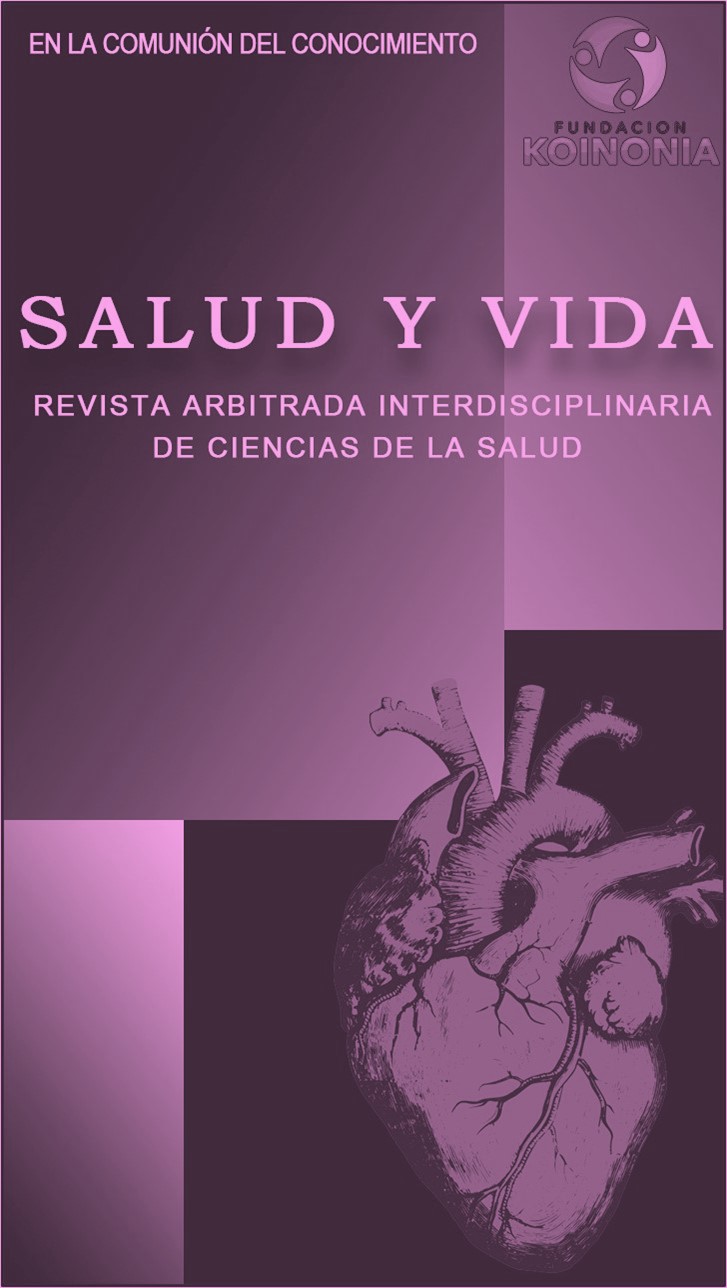Ajuste de preferencia de alimentación en hámster
DOI:
https://doi.org/10.35381/s.v.v8i2.4124Palabras clave:
Comportamiento alimentario, cricetinae, nutrición animal, (Fuente: DeCS)Resumen
Objetivo: Identificar el ajuste de preferencia de alimentación en hámster. Método: Estudio observacional descriptivo. Conclusión: Los resultados de este experimento sugieren que el hámster aprenden a identificar las características de la comida de su preferencia, por sus condiciones de degradación o no degradación. El hámster evaluado tiende a inclinarse hacia los alimentos procesados (comida para perro) dejando a un lado las frutas, esto se deba a que la comida sintetiza presenta un olor más intenso e invasivo el cual es muy susceptible para el hámster, en cambio las frutas no producen el suficiente estímulo para que sea de su agrado, también pudimos evidenciar que el hámster tiende a tener sobre peso debido a que este tipo de alimento son ricos en carbohidratos, calorías, vitaminas.
Descargas
Citas
Hu S, Deng L, Wang H, et al. Bioprocess development for the production of mouse-human chimeric anti-epidermal growth factor receptor vIII antibody C12 by suspension culture of recombinant Chinese hamster ovary cells. Cytotechnology. 2011;63(3):247-258. http://dx.doi.org/10.1007/s10616-011-9336-y
Xiao S, Ahmed W, Mohsin A, Guo M. Continuous Feeding Reduces the Generation of Metabolic Byproducts and Increases Antibodies Expression in Chinese Hamster Ovary-K1 Cells. Life (Basel). 2021;11(9):945. http://dx.doi.org/10.3390/life11090945
Tomažič S, Škrjanc I. Halfway to Automated Feeding of Chinese Hamster Ovary Cells. Sensors (Basel). 2023;23(14):6618. http://dx.doi.org/10.3390/s23146618
Xu WJ, Lin Y, Mi CL, Pang JY, Wang TY. Progress in fed-batch culture for recombinant protein production in CHO cells. Appl Microbiol Biotechnol. 2023;107(4):1063-1075. http://dx.doi.org/10.1007/s00253-022-12342-x
Wei Z, Xia Y, Su Y, et al. Modulating and optimizing Pluronic F-68 concentrations and feeding for intensified perfusion Chinese hamster ovary cell cultures. Biotechnol Prog. 2023;39(4):e3340. http://dx.doi.org/10.1002/btpr.3340
Grant K. Rodent nutrition: digestive comparisons of 4 common rodent species. Vet Clin North Am Exot Anim Pract. 2014;17(3):471-483. http://dx.doi.org/10.1016/j.cvex.2014.05.007
McCready JE, Barboza T. Rodent Pediatrics. Vet Clin North Am Exot Anim Pract. 2024;27(2):193-219. http://dx.doi.org/10.1016/j.cvex.2023.11.004
Zhang X, Jiang R, Lin H, Xu S. Feeding tricarboxylic acid cycle intermediates improves lactate consumption and antibody production in Chinese hamster ovary cell cultures. Biotechnol Prog. 2020;36(4):e2975. http://dx.doi.org/10.1002/btpr.2975
Parsons JL. Nutritional Physiology and Feeding of Companion Rodents. Vet Clin North Am Exot Anim Pract. 2024;27(1):1-12. http://dx.doi.org/10.1016/j.cvex.2023.08.001
Fan Y, Jimenez Del Val I, Müller C, et al. Amino acid and glucose metabolism in fed-batch CHO cell culture affects antibody production and glycosylation. Biotechnol Bioeng. 2015;112(3):521-535. http://dx.doi.org/10.1002/bit.25450
Ruby NF, Fisher N, Patton DF, Paul MJ, Fernandez F, Heller HC. Scheduled feeding restores memory and modulates c-Fos expression in the suprachiasmatic nucleus and septohippocampal complex. Sci Rep. 2017;7(1):6755. http://dx.doi.org/10.1038/s41598-017-06963-w
Geiger D, Buchholz S, Michel S, et al. The Coronary Microcirculation in Hamster-to-Rat Cardiac Xenografts. Eur Surg Res. 2015;55(4):364-373. http://dx.doi.org/10.1159/000440719
Jiménez Del Val I, Kyriakopoulos S, Albrecht S, et al. CHOmpact: A reduced metabolic model of Chinese hamster ovary cells with enhanced interpretability. Biotechnol Bioeng. 2023;120(9):2479-2493. http://dx.doi.org/10.1002/bit.28459
Alò R, Avolio E, Mele M, Di Vito A, Canonaco M. Central amygdalar nucleus treated with orexin neuropeptides evoke differing feeding and grooming responses in the hamster. J Neurol Sci. 2015;351(1-2):46-51. http://dx.doi.org/10.1016/j.jns.2015.02.030
Zhao CZ, Jiang L, Li WY, et al. Establishment and metabonomics analysis of nonalcoholic fatty liver disease model in golden hamster. Z Naturforsch C J Biosci. 2022;77(5-6):197-206. http://dx.doi.org/10.1515/znc-2021-0201
Publicado
Cómo citar
Número
Sección
Licencia
Derechos de autor 2024 Karen Yessenia Tapia-Pérez, Melany Mabel Calapaqui-Oña, Solange Maribel Caizabanda-Pilla, Andrea Gabriela Suárez-López

Esta obra está bajo una licencia internacional Creative Commons Atribución-NoComercial-CompartirIgual 4.0.
CC BY-NC-SA : Esta licencia permite a los reutilizadores distribuir, remezclar, adaptar y construir sobre el material en cualquier medio o formato solo con fines no comerciales, y solo siempre y cuando se dé la atribución al creador. Si remezcla, adapta o construye sobre el material, debe licenciar el material modificado bajo términos idénticos.
OAI-PMH: https://fundacionkoinonia.com.ve/ojs/index.php/saludyvida/oai.









